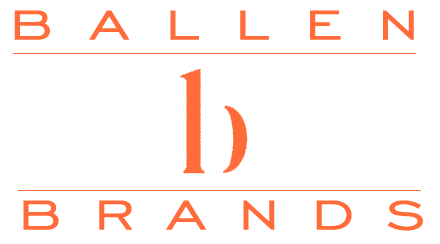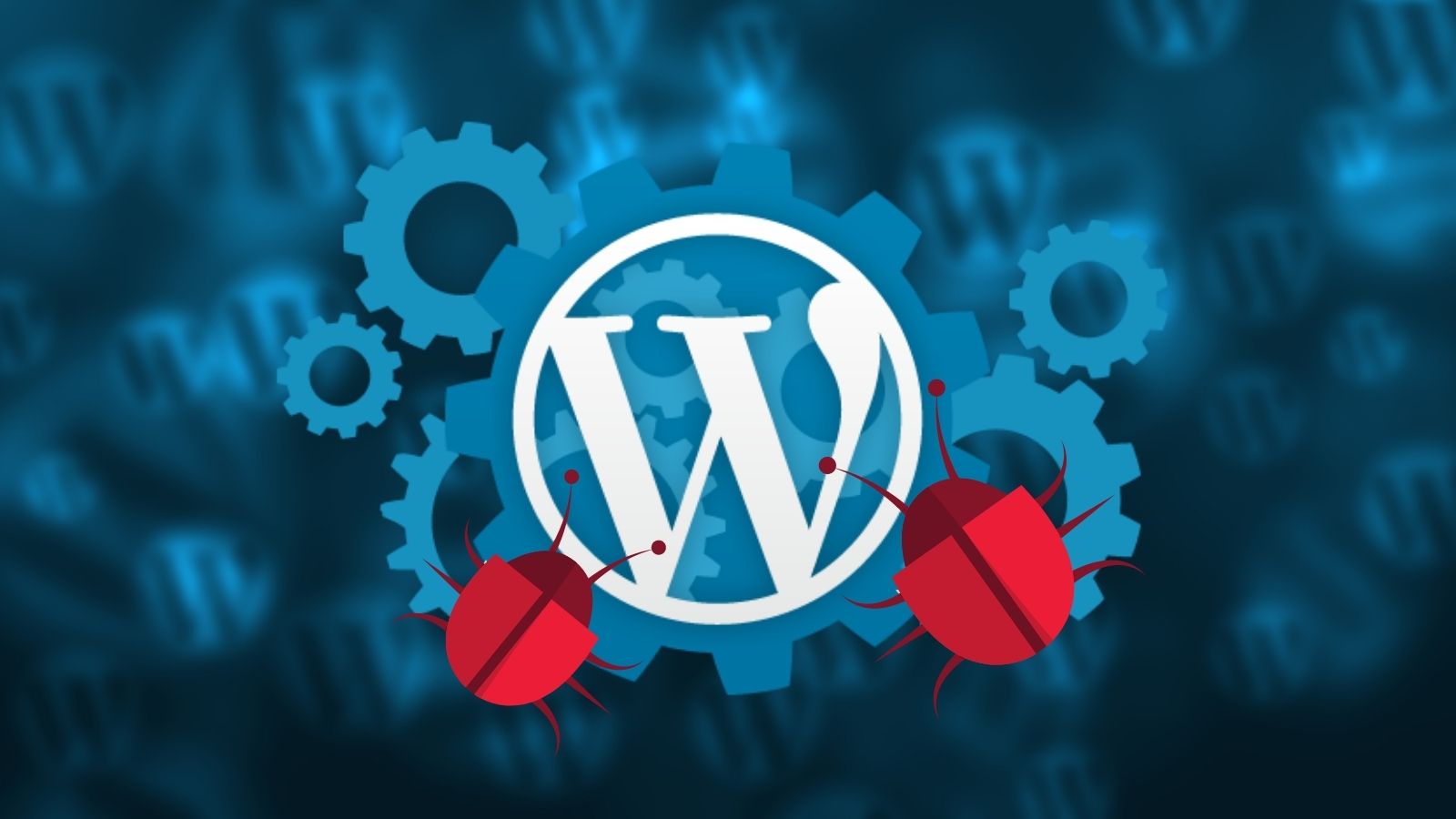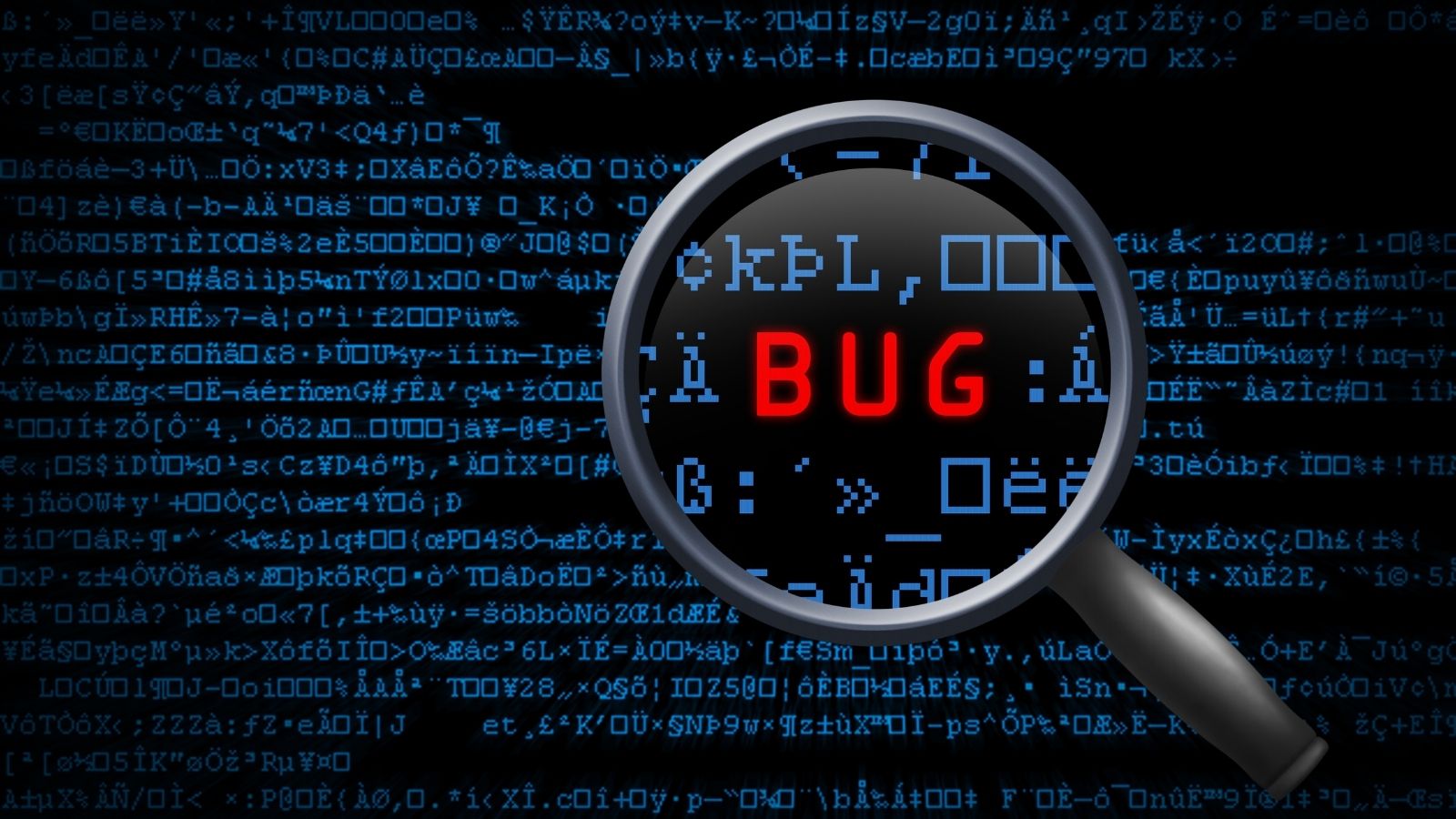If you’re a WordPress website owner, there’s a good chance you’ve encountered one or more of the following bugs: broken links, formatting issues, slow loading times, and more. You know that sometimes things go wrong. Website glitches can be frustrating and time-consuming to fix. Sometimes you can make those repairs on your own and other times you might need to call in the pros. Here are five of the most common WordPress bugs and tips on how to fix them.
What is a WordPress Bug?
A WordPress bug is an error, flaw, failure, or fault in a WordPress website that causes it to produce an unexpected or incorrect result or behave in unintended ways. When this happens, it’s often because of a conflict between the WordPress software and a theme or plugin or because of a programming error.
Bugs can range from small and annoying to big and destructive. They can cause your website to crash, freeze, or produce error messages. In some cases, they can even make your site inaccessible.
Most bugs are relatively harmless and can be fixed with a few clicks. Others, like security vulnerabilities, can be more serious and require more time and effort to fix.
What is WordPress Troubleshooting?
WordPress troubleshooting is the process of identifying and resolving bugs or errors on your WordPress website.
While some WordPress bugs are minor and can be easily fixed by making a few changes to your website’s code, others can be more serious and may require the help of a professional developer.
The first step in troubleshooting a WordPress bug is to identify the source of the problem. This can be done by checking your website’s code, looking for error messages, or conducting a search online.
Once the source of the bug has been identified, you can then begin to work on resolving the issue.
How Do You Find the Bugs in Your WordPress Website?
You can find the bugs in your WordPress website by inspecting the code for errors, testing the site for functionality, and looking for patterns of behavior that are not normal. Each of these steps is important in finding the bugs so that they can be fixed.
Inspecting the code means going through each line and looking for anything that stands out as incorrect, which could be a misspelled word, an extra character, or anything else that looks out of place. If you find something, you can research it to see if it is an error.
Testing the site means using it as a visitor would and seeing if everything works, including clicking on links, watching videos, or filling out forms. If something does not work properly, then it is likely a bug.
Looking for patterns that are not normal can help you find bugs that are not obvious, including sudden changes in traffic or sudden spikes in activity at odd times. Looking for these patterns can often find bugs that would otherwise go unnoticed.
What is a WordPress Bug Tracker?
A WordPress bug tracker is a tool used by developers to track bugs, or software errors, in the WordPress codebase. It allows developers to identify and track bugs, as well as to collaborate on fixing them.
There are two main types of WordPress bug trackers: the official WordPress Trac system system and third-party bug trackers.
The WordPress core team manages the official WordPress Trac system and uses it for tracking bugs in the WordPress codebase. The WordPress bug tracker is open to the public, so anyone can report a bug or contribute to solving one.
Third-party bug trackers are hosted by companies or individuals outside of the WordPress project and are used for tracking bugs in plugins, themes, or other software that is not part of the WordPress codebase.
While both types of bug trackers can be useful, the official WordPress Trac system is generally considered more reliable.
WordPress Error Logs
WordPress is a content management system (CMS) that powers millions of websites around the globe. While it is user-friendly and relatively easy to set up, even the most experienced WordPress users can sometimes run into errors. Fortunately, WordPress comes with built-in error logging functionality that can help identify the source of the problem.
Error logs are text files that contain information about errors that have occurred on a website. When an error occurs, WordPress will automatically record the date, time, and details of the error in the log file. This information can be extremely helpful for troubleshooting purposes.
You should check your error logs regularly, especially if you see frequent errors on your website. The logs can help you identify patterns and pinpoint the source of the problem.
10 Most Common WordPress Bugs and How to Fix Them
WordPress is one of the most popular content management systems in use today and powers more than a quarter of all websites. However, WordPress errors can sometimes occur due to mistakes made when uploading or installing things on your website. Here are five of the most common WordPress bugs and how to fix them:
One: 404 Error Page Not Found
A 404 Error Page, also known as a “Not Found” error, is a web page that informs the user that the content they are looking for cannot be found. This can be due to various reasons, such as the page being moved or deleted, a broken link, or a typo in the URL.
Regardless of the reason, a 404 Error Page can negatively affect your website in several ways. First, it creates a poor user experience, as users are unable to find the content they are looking for.
Second, it can lead to higher bounce rates, as users are likely to leave your site if they cannot find what they are looking for.
Finally, it can negatively impact your search engine rankings, as search engines view 404 pages as an indication that your website is not well-maintained.
To fix a 404 Error Page, you will need to redirect the broken link to a working page on your website. This can be done using a plugin like Redirection.
Once the redirect is in place, visitors who try to access the broken link will be automatically redirected to the working page, and your website’s user experience will be improved.
Two: White Screen of Death
The White Screen of Death (WSOD) is an error that causes a blank screen to appear on a WordPress website. This can be caused by a variety of factors, such as a plugin or theme conflict, a memory limit issue, or a corrupt database.
While the WSOD can be frustrating, it is fairly easy to fix. First, you will need to identify the cause of the error. This can be done by checking your website’s error logs or using a plugin like Query Monitor.
Once you have identified the cause of the error, you can take steps to fix it. For example, if a plugin is causing the error, you can try deactivating the plugin or contact the plugin developer for support.
If the error is due to a memory limit issue, you can increase your WordPress memory limit.
Finally, if the error is caused by a corrupt database, you can restore your website from a backup.
Three: Slow Loading
If you’ve ever run into a problem with your WordPress site loading slowly, you’re not alone. Slow loading is one of the most common WordPress bugs, and it can be frustrating to try to figure out what’s causing the issue. There are a few things you can do to troubleshoot the problem and get your site loading quickly again.
One possible cause of slow loading is a lack of resources. If your host doesn’t provide enough resources or your site is getting a lot of traffic, it can slow down. To fix this, you can either upgrade your hosting plan or install a caching plugin like W3 Total Cache.
Another common cause of slow loading is poorly optimized code. If your theme or plugins aren’t coded efficiently, it can cause your site to load slowly. To fix this, you can either purchase a more efficient theme or have a developer optimize your existing code.
Lastly, heavy images can also slow down your site. If you have large images that aren’t compressed, they can take longer to load. To fix this, you can either reduce the size of your images or install a plugin like Smush Image Compression and Optimization.
Four: Internal Server Error
An Internal Server Error (also known as a 500 Error) is an error that occurs when the server is unable to process a request. A 500 Error can be caused by a variety of factors, such as a plugin or theme conflict, a corrupted .htaccess file, or an issue with your hosting.
When you encounter a 500 Error, check your website’s error logs. Checking your logs will help you identify the cause of the error so you can take steps to fix it.
If a plugin or theme is the cause of the error, you can try deactivating the offending plugin or theme. If that doesn’t work, you can contact the developer for support.
If the error is due to a corrupted .htaccess file, you can generate a new .htaccess file by logging into your WordPress site and replacing the existing file.
Finally, if the error is caused by an issue with your hosting, you can contact your host for support.
Five: Syntax Error
A Syntax Error is an error that happens when there is a problem with the code on your WordPress site. This can be caused by a plugin or theme conflict, a corrupted .htaccess file, or a syntax error in your code.
To correct a Syntax Error, you can either edit your code through FTP or use the Enlighter – Customizable Syntax Highlighter.
If you’re experiencing a syntax error, the first thing you should do is check your code for any mistakes. If you’re not familiar with programming, this can be a daunting task. You might need to ask for help.
Know When to Call for Help from a Professional Web Developer
There are a lot of things that can go wrong when you’re running a WordPress site. Things like plugin conflicts, database errors, and code problems can all lead to bugs and glitches that can be tough to fix on your own. That’s why it’s important to know when to call for help from a professional web developer. They’ll be able to quickly identify the problem and put together a solution that will get your site back up and running smoothly.
There are a few telltale signs that you should look for when deciding whether to call in a professional. If you’re seeing error messages appearing on your site, if pages are taking too long to load, or if you’re seeing unexpected changes happening to your content, then it’s probably time to give someone with more experience a call. Trying to fix these problems on your own can often make things worse, so it’s always best to leave it to the professionals.
Here are some things to look for in a web design professional:
- A portfolio of previous work
- Positive reviews from past clients
- A deep understanding of WordPress and its inner workings
- The ability to communicate clearly and effectively
- The willingness to answer all of your questions
Conclusion
WordPress is a great platform for building websites, but even the most well-designed site can run into problems from time to time. Fortunately, several common WordPress bugs are relatively easy to fix.
404 errors, slow loading times, and syntax errors can often be resolved with a few simple steps. However, some issues, like the white screen of death, are better left to the professionals.
If you’re having trouble troubleshooting a particular issue, it’s always best to consult with a professional web developer. With their help, you can get your website back up and running in no time.


